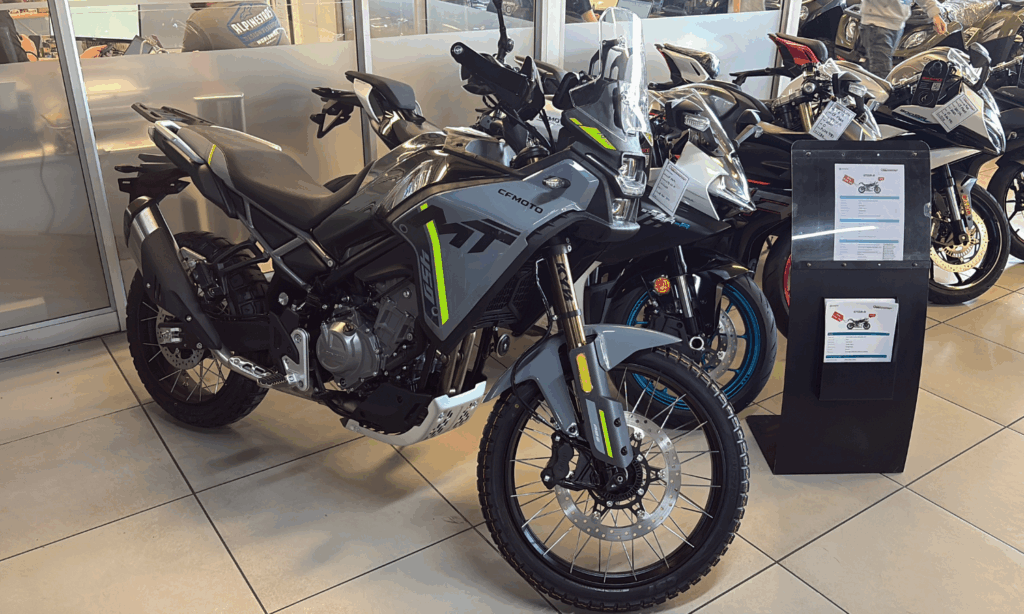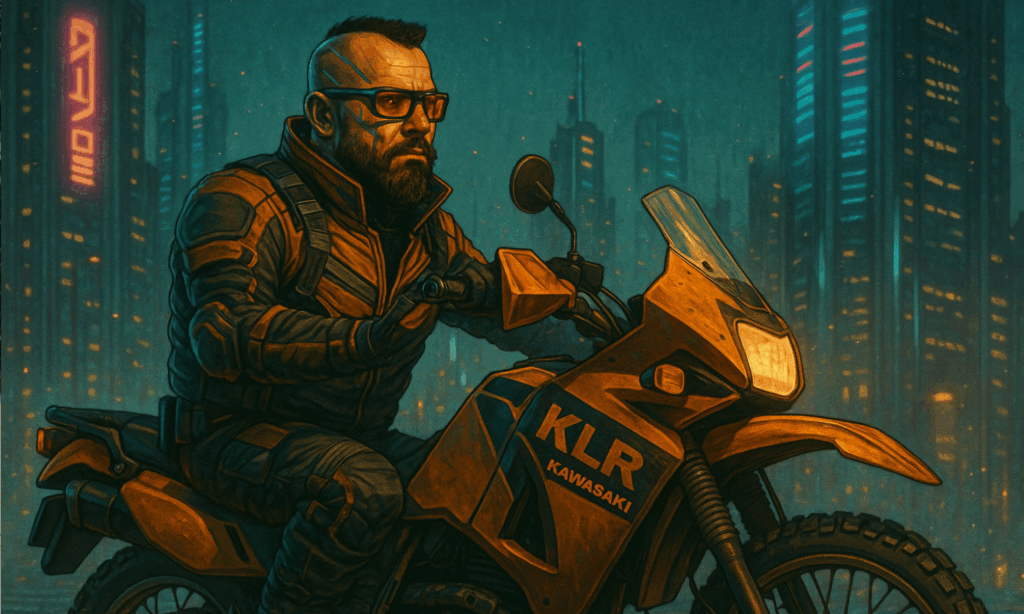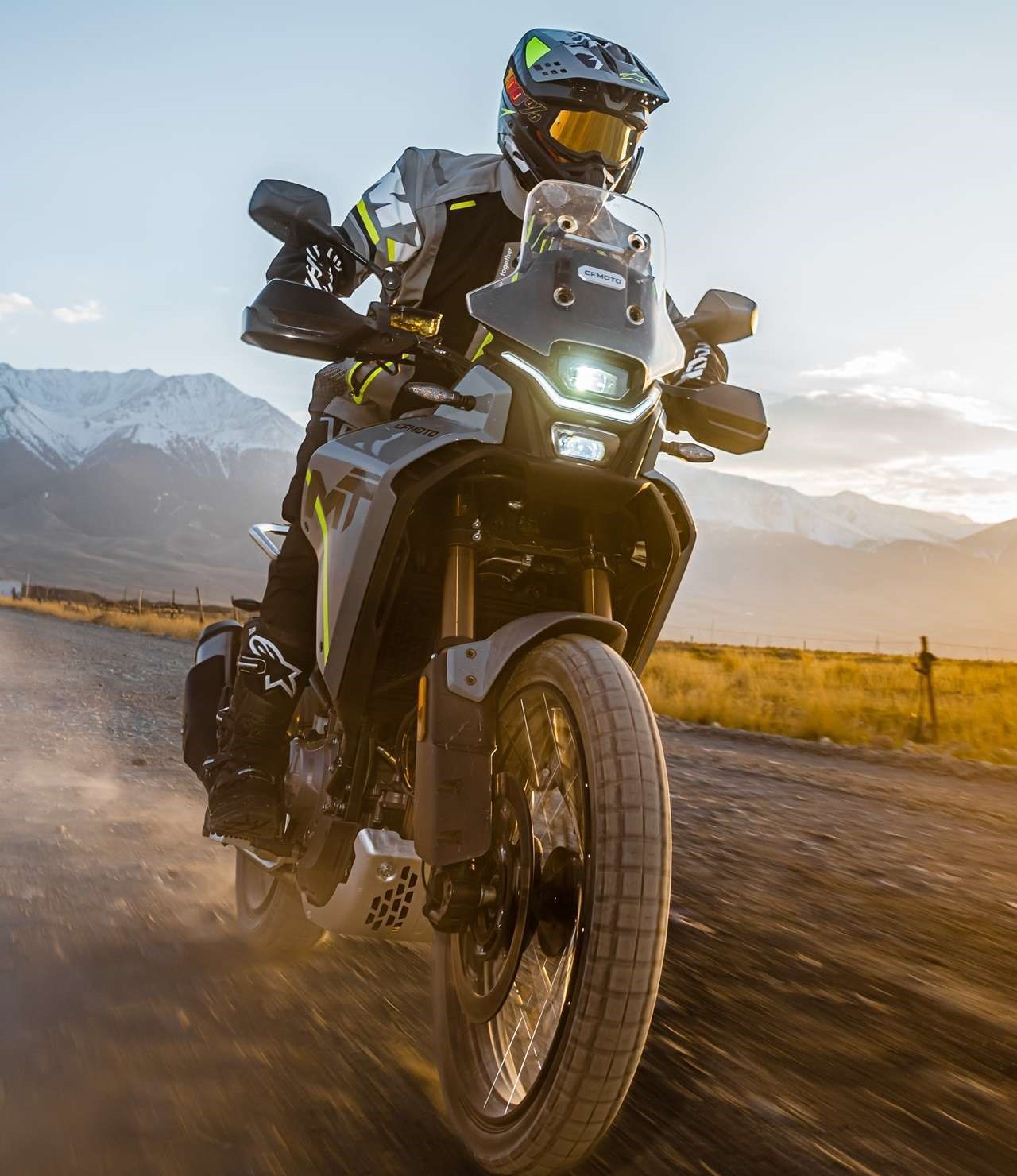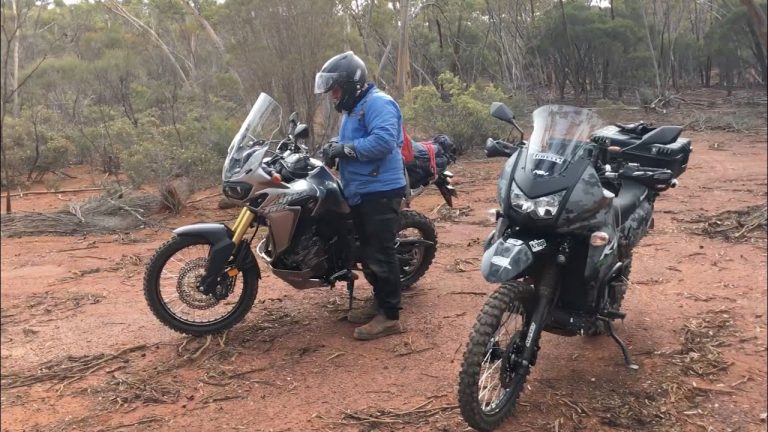
The Yamaha RD350: The Two-Stroke Street Terror That Changed Motorcycling
Share your love

How Yamaha’s Two-Stroke Icon Redefined Performance, Power, and Passion on the Streets
Few motorcycles have left an imprint as deep and smoky as the Yamaha RD350. Affectionately dubbed “The Giant Killer,” this snarling two-stroke streetbike carved out a reputation in the 1970s and 1980s for delivering blistering performance in a compact, affordable package. It was light, fast, unpredictable, and most importantly, it made riding utterly addictive. For many, the RD350 was the beginning of a lifelong love affair with motorcycles.
Origins: The Dawn of the RD Legacy
The RD350 first appeared in 1973, a direct evolution of the Yamaha R5 350. Yamaha was already a major force in two-stroke technology, dominating road racing and off-road events worldwide. The “RD” in RD350 stood for “Race Developed,” and it wasn’t just marketing hype. The bike pulled heavily from Yamaha’s factory GP knowledge, making it a racer at heart, built for the street.
Engine: A Firecracker in a Featherweight Body
At the heart of the RD350 was a 347cc air-cooled, two-stroke, parallel-twin engine. With twin Mikuni carburetors and reed-valve induction, it made a then-impressive 39 horsepower (in its U.S. specification). That might not sound like much today, but the RD350 weighed only about 152 kg (335 lbs) wet. That meant it had one of the best power-to-weight ratios of its time.
The powerband was pure two-stroke savagery. Below 5,000 RPM, the bike was tame. But once you twisted past that threshold, all hell broke loose. The engine would scream to its 8,500 RPM redline with explosive force, the front wheel often lifting in excitement. This wasn’t just a commuter bike, it was a street-legal missile.

Brakes and Chassis: Ahead of Its Time
One of the reasons the RD350 earned such respect was that it could stop and turn as well as it could accelerate. Yamaha fitted the RD350 with a front disc brake at a time when many rivals still relied on drums. The chassis was a double-cradle steel frame, well-engineered and surprisingly stiff for its era. The handling was nimble and quick, with a short wheelbase (just 52.4 inches) and low center of gravity making it ideal for backroad carving.
The “Widowmaker” Reputation
With great power came great irresponsibility. The RD350 quickly gained a reputation as a hooligan bike. Young riders, often with more testosterone than experience, loved the RD’s ability to humble bigger four-strokes from Honda and Kawasaki. But its peaky power delivery and lightweight chassis made it unforgiving in the wrong hands.
Many a rider found themselves overwhelmed by its abrupt powerband and twitchy front end. Highsides were common. The RD350 became both legend and warning, a machine that demanded respect, or else.
The Evolution: RD350B, RD350C, and Beyond
The original 1973 RD350 was followed by minor updates over the next few years. The RD350B (1974) brought styling tweaks, improved electrical systems, and better oil injection reliability. The RD350C (1975) continued refining the package but signaled the end of the air-cooled era in many markets.
By the late 1970s, Yamaha introduced the RD400 and eventually the liquid-cooled RD350LC (also known as the RZ350 in some countries), marking a significant step forward with monoshock suspension, improved porting, and the revolutionary Yamaha Power Valve System (YPVS). The RD350LC debuted in 1980 in Europe, instantly becoming a cult hit.
The RZ350: America’s Final Two-Stroke Hurrah
In North America, the final incarnation of the RD350 was the RZ350, released in 1984. It retained the 347cc displacement but introduced liquid cooling and YPVS—a computer-controlled exhaust valve system that broadened the powerband. It produced about 45 horsepower and was street-legal even with the inclusion of catalytic converters, a first for motorcycles.
The RZ350 was famously championed by racing legend Kenny Roberts, whose yellow and black livery versions are now collector’s items. However, the EPA’s tightening emissions regulations spelled doom for street-legal two-strokes, and by 1986, the RZ350 was gone from U.S. showrooms.
Cultural Impact: The RD in the Wild
Across the globe, the RD350 made its mark. In the U.S., it was a drag-strip sleeper. In the UK and Europe, it was the weapon of choice for weekend warriors. But perhaps no country embraced it like India. The RD350 was introduced to the Indian market in 1983 through a collaboration with Escorts Group and remained a status symbol for years. It was dubbed the “Rajdoot RD350” and became legendary among Indian enthusiasts.

Legacy: Why It Still Matters
The Yamaha RD350’s legacy is huge. It democratized performance motorcycling at a time when big horsepower usually meant big bucks. It showed that raw fun could come in small packages. Today, the RD350 is a collector’s dream, with clean examples fetching premium prices across global markets.
Its influence is still felt in modern Yamaha bikes like the MT-07 and R7 middleweight machines that combine lightness, agility, and real-world performance in a user-friendly package.
But nothing, absolutely nothing, quite compares to the visceral thrill of an RD350 in the powerband. The banshee wail of a two-stroke twin on the boil is something that gets into your blood. It’s not just a bike, it’s an experience.
RD350 Specifications (1973)
| Specification | Value |
|---|---|
| Engine | 347cc air-cooled 2-stroke twin |
| Power | 39 hp @ 7,500 RPM |
| Torque | ~37 Nm @ 7,000 RPM |
| Weight (Wet) | ~152 kg (335 lbs) |
| Top Speed | ~170 km/h (105 mph) |
| Transmission | 6-speed |
| Fuel System | Twin Mikuni VM26SC carbs |
| Brakes | Front disc, rear drum |
| Frame | Double cradle steel frame |
| Fuel Capacity | 13 litres |
Final Thoughts: The Cult of RD
The Yamaha RD350 was a rite of passage. It taught thousands of riders how to control chaos. It was raw, untamed, and gloriously flawed, and that’s exactly what made it perfect. Today, it’s a machine that lives on in garage builds, vintage races, and the dreams of those who were lucky enough to ride it when two-strokes ruled the streets.
If you ever get the chance to ride one, do it. Just be warned: once you hear that crackling exhaust note and feel the surge of the powerband, you’ll be hooked for life.











